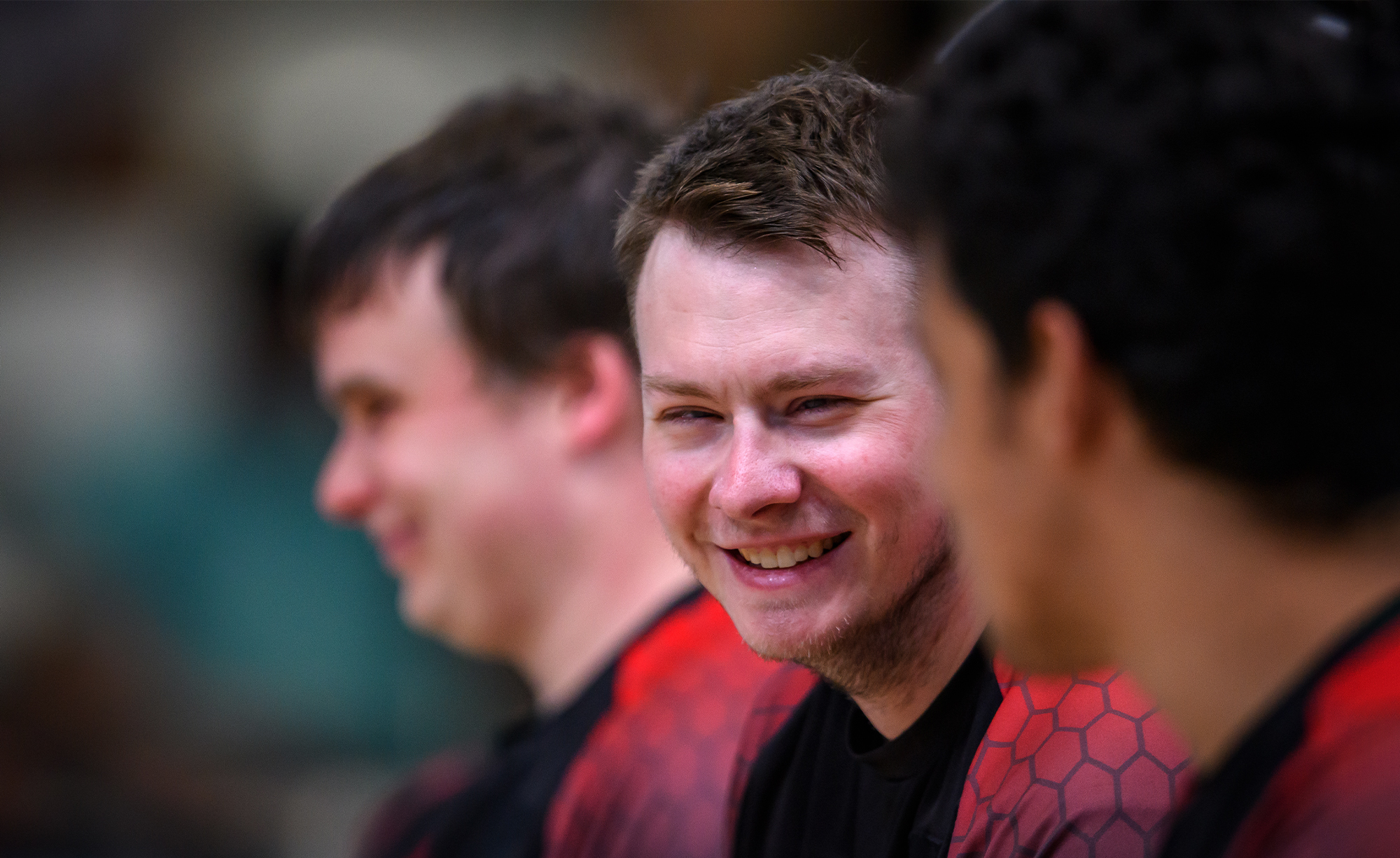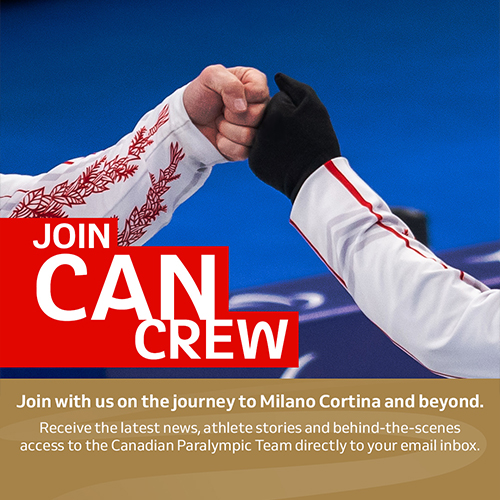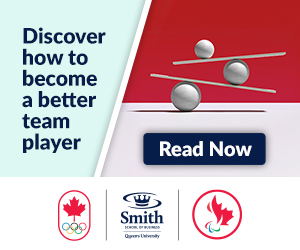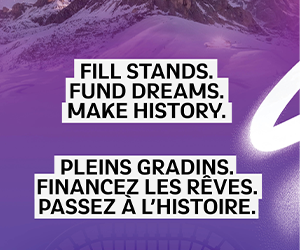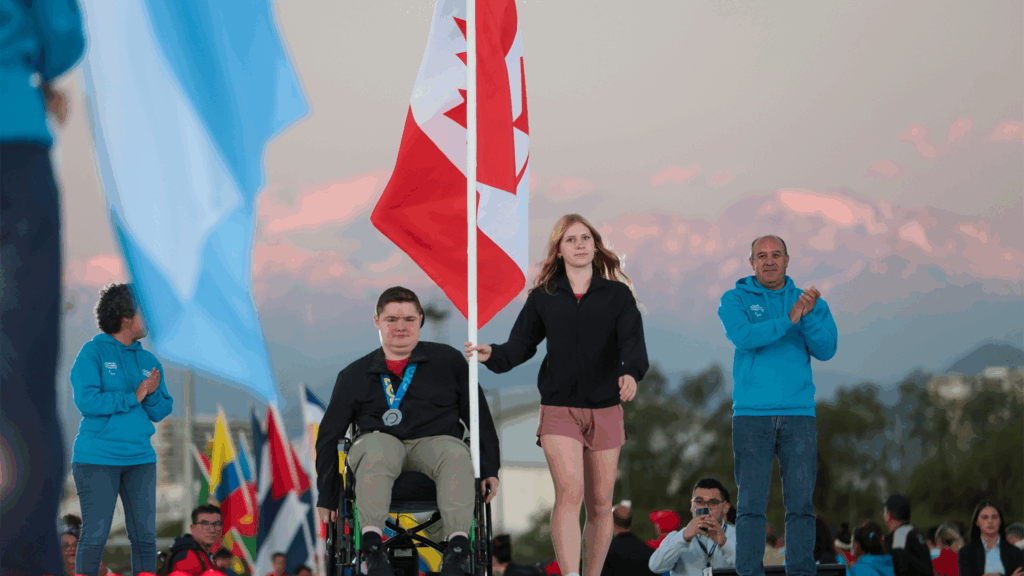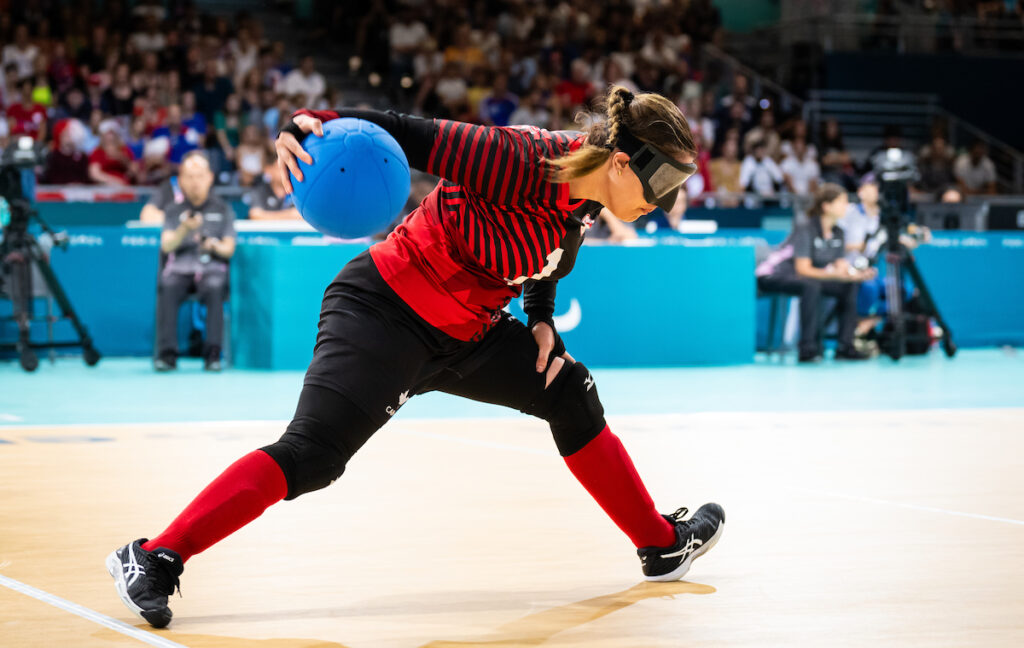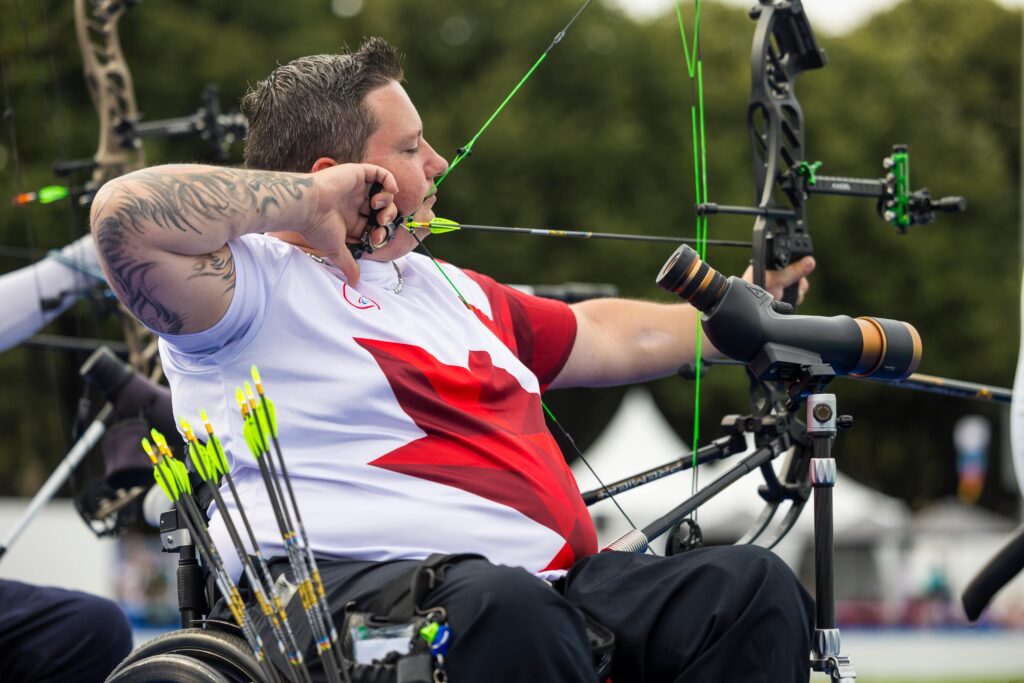A new resource is helping build a stronger, more inclusive sport system for Canadians who are blind or partially sighted. The Blueprint for Building Quality Participation in Sport for Blind and Partially-Sighted Athletes, developed by the Canadian Disability Participation Project (CDPP 2.0), offers sport leaders, coaches, and communities across Canada practical tools to create more meaningful and welcoming sport experiences.
The Blueprint grew from years of collaboration between researchers and the blind sport community. Meredith Kathleen Wing, one of the academic leads on the project, shared how the research began as an evaluation with Canadian Blind Hockey but quickly evolved into something bigger.
“We started learning so much about the unique strategies and experiences in blind sport that weren’t being shared widely,” said Wing. “This Blueprint brings together that knowledge and helps ground it in practice, creating a more connected and inclusive sport system.”
At its core, the Blueprint emphasizes quality participation, going beyond simply having athletes present in a program to ensuring they are actively engaged, challenged, and feel a true sense of belonging. It highlights six key building blocks: belonging, autonomy, mastery, meaning, engagement, and challenge.
For Sydney 2000 Goalball gold medallist Carrie Anton, the Blueprint reflects much of her lived experience.
“When I was starting out, I had to advocate for myself, whether it was creating my own training methods or explaining my vision needs to coaches who didn’t understand,” shared Anton. “This Blueprint helps bridge that gap. It equips coaches, officials, and community leaders with the confidence and tools to support blind and partially sighted athletes meaningfully.”
Anton emphasized that a sense of belonging is critical and how it is at the heart of quality participation.
“Belonging is what makes you want to stay in sport, to push through challenges,” continue Anton. “It’s what makes sport more than just an activity… it becomes a community.”
Beyond the sporting environment, the Blueprint addresses barriers that athletes with vision loss may face, such as financial challenges, adapted equipment needs, and a lack of awareness among coaches.
“A lot of times I was proposing my own adjustments just so I could participate effectively and reach my goals,” said Anton. “That was something that we worked on overcoming with this Blueprint, now it gives both athletes and leaders a head start.”
The lived experiences and knowledge are making a difference, making the early community feedback has been overwhelmingly positive.
“We’ve had blind sport leaders from various regions across Canada try out the Blueprint to shape their programming, and it’s been encouraging to hear how they’re customizing strategies to their unique contexts,” said Wing. “Some are diving right into the six building blocks, others are starting with the multi-sensory environment, but everyone is finding a way to make it their own.”
The collaborative nature of the project was also a highlight.
“It was really meaningful to bring people together through our coffee chats and working groups,” Anton shared. “Reconnecting with the blind sport community across Canada reminded me of how strong and passionate this community is. We’re raising the bar for what’s possible in sport together.”
Looking ahead, both Wing and Anton hope the Blueprint sparks deeper connections across the sport system, between athletes, coaches, and communities, and helps create new pathways for blind and partially sighted Canadians to thrive in sport.
“To me, the dream is to have more people meet, learn from each other, and work together to create safe, welcoming, and inclusive sport spaces,” said Wing. “When diverse voices are at the table, that’s where creativity and meaningful change happen.”
And for young blind or partially sighted Canadians considering sport, Anton offers simple but powerful advice.
“Take up sport, have fun, be healthy, and use this Blueprint to help guide your journey.”
The Blueprint for Building Quality Participation in Sport for Blind and Partially-Sighted Athletes is available now, helping build a future where every athlete can experience the transformative power of sport.
Access the Blueprint for Building Quality Participation in Sport for Blind and Partially-Sighted Athletes here.
Be part of the journey to Milano Cortina 2026!
Join the CAN Crew to get exclusive updates, inspiring stories, and behind-the-scenes content from the Canadian Paralympic Team—delivered straight to your inbox.
